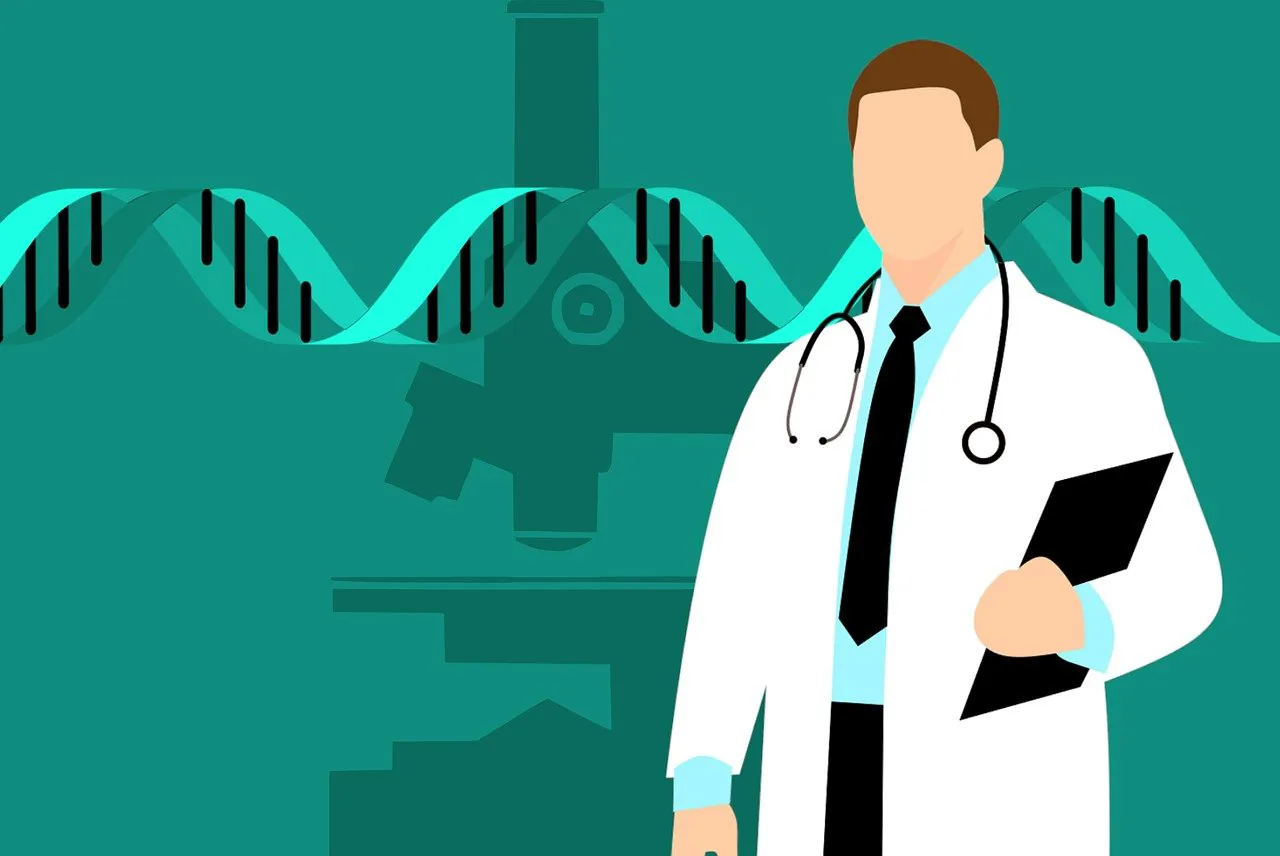Healthcare
AI Models Could Help Detect Certain Types Of Autism

A new study carried out by researchers at Northwestern University has created AI models that can potentially be used to screen for early signs and aid in detection of subtypes of the disorder. The AI model could be the first autism biomedical screen tool, and it could help doctors recognize cases of autism much earlier.
The AI model developed by the research team can detect markers of a specific subtype of autism. Disorders on the autism spectrum, including Asperger syndrome, can be hard to recognize and differentiate from one another. Diagnosis of Autism related conditions also typically depends on symptoms and not on biomedical data. As Dr. Yuan Lo, co-author on the study explained via Eurekalert, one subtype of autism characterized by abnormal chemical levels “is the first multidimensional evidenced-based subtype that has distinct molecular features and an underlying cause.” The AI model designed by the Northwestern researchers could reliably detect and distinguish Autism spectrum disorders based on these molecular features.
The autism subtype that Dr. Lo refers to is called dyslipidemia-associated autism. This subtype represents around 6.5% of all the cases of autism within the US. According to Luo, their study is the first one to analyze possible disease markers like different gene expression patterns, genetic mutation data, animal model data, and even health insurance claims. All of this data was laid on top of each other, constructing a sort of digital map that was more representative of the real world than any of the variables in isolation.
It’s incredibly difficult to rely on just genetic data to diagnose autism, as their are thousands of different variants of many different genes that are potentially tied to the condition. Furthermore, each of the mutations associated with autism occurs in less than 1% of all families with autism. Hence the need to collect as much data as possible from as many different sources as possible. The AI model that the researchers designed helped them identify clusters of gene exons (parts of the gene sequence expressed in proteins) that operate in groups during the development of the brain. The AI system that the researchers used clustering techniques on the exon data. It appears that when combined with the multimodal map data, several strong correlations were found that predicted autism.
The AI model and multimodal map data seems to suggest a generalizable method of detecting autism subtypes, and even other genetically complicated diseases that may, like autism, rely mainly on the manifestation of symptoms in order to be diagnosed.
The research team was able to identify a significant correlation between autism spectrum disorder and parental dyslipidemia, which is a condition characterized by altered lipids in the blood. These altered lipid profiles were also observed in infants who were later diagnosed with conditions on the autism spectrum. The research team will be carrying out further studies aiming to see how effective early screening with the findings could be in clinical trials. Luo explained that while autism today is only diagnosed based on symptoms, early detection and diagnosis could open a wider window for intervention:
“Today, autism is diagnosed based only on symptoms, and the reality is when a physician identifies it, it's often when early and critical brain developmental windows have passed without appropriate intervention. This discovery could shift that paradigm.”
The researcher done at Northwestern University is just one example of AI models being used to detect mental diseases. A new study conducted by scientists at NYU Langone Health and the University of Minnesota applied AI models to detecting evidence of post-traumatic stress (PTS) in police officers, and it's hoped that earlier detection of the symptoms associated with PTS will lead to earlier detection and treatment of PTSD.












